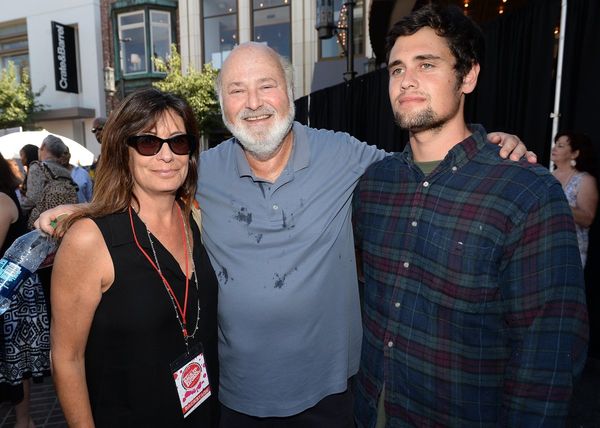
Women working in Australian media hold significantly fewer chief executive and managing director roles as a report shows the extent of gender disparities at the highest levels of the industry.
The report, collated by Women in Media, looked at all professions in the media including publishing, broadcasting, photography and print journalism.
It found despite making up 49 per cent of the workforce, women hold just 30 per cent of CEO positions in the industry.
This gender imbalance at a senior decision-making level was found to be driven by private media companies, while the public sector was more gender-balanced.
The public sector media has achieved a 50:50 gender balance at the senior level.

Gender imbalance in media at decision-making levels had wide implications for the public, Economics Associate Professor Leonora Risse said.
"The implications of the media is huge because this is what drives how people vote and big decisions come out of what editorial line is taken," Dr Risse told AAP.
"It has powerful, tangible ripple effects for government, for business and for members of the public."
The WiM report found the average age of women in the media industry was slightly younger than that of men, at 41 compared to 43 years.
One-in-four women working in media (24 per cent) were aged 50 years and over.
Women in the media sector were also generally more highly educated than male counterparts.
But there was less diversity in cultural background and socio-economic advantage among women than their male colleagues.
Dr Risse said this indicated additional barriers and biases that women from marginalised backgrounds faced when trying to enter the industry.
"It was noticeable that women from lower socio-economic backgrounds were even more under-represented than men," she said.
"All backgrounds set the agenda for what topics get covered and what perspectives get covered, how information is interpreted by journalists and their connection to sources."
The gender remuneration gap in Australian media companies averaged 10 per cent, but reached as high as 16.4 per cent in publishing and 11.8 per cent in broadcasting.







